How Imtiaz Ali recalls birds of Attar
Theme of love, journey, self-discovery and freedom in one of Bollywood’s most original directors

PHOTO: TAMASHA/TWITTER
I must confess that I held all these books in contempt – except for the one which had the silhouette of a bird on its cover. This book was published posthumously and a phrase from one of the poet’s rather cryptic couplets served as its title.
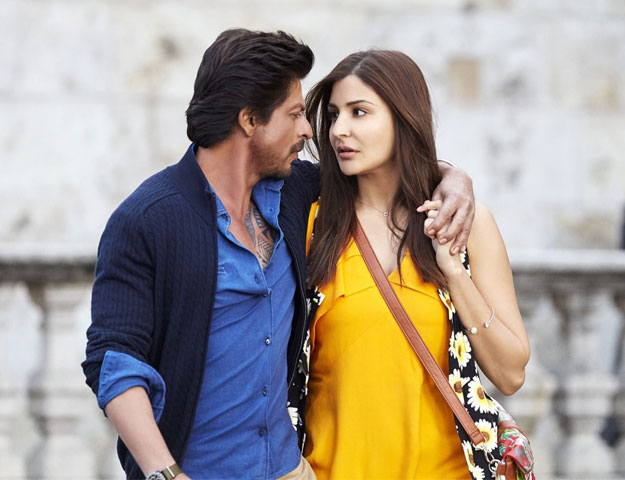 PHOTO: THE INDIAN EXPRESS
PHOTO: THE INDIAN EXPRESSThe couplet said: Kisi Bhi Sheher Mein Abtak Nahi Ban Paya Ghar Mera, Safar Mera Muqaddar Hay Parinda Humsafar Mera [I haven’t been able to build my home in any city; journey is my destiny, the bird is my companion].
Like the above poet, the characters in Imtiaz Ali’s nine or so movies are also destined to travel, often dream of a home, and are accompanied by a bird – only this bird lives inside them.
Ali’s movies usually start with one or both of the protagonists already happily engaged to a person of their choice. But the hero and heroine meet by chance and a journey takes place. After or during this journey the protagonists realise that they are actually made for each other. This realisation results in end of their former relationships.
This simple love story, however, involves a self-discovery as Imtiaz Ali’s characters come to know themselves through journey like Farid Uddin Attar’s birds who set out in search of Simurgh, their legendary king, and at last saw their own images in the lake where Simurgh was said to live.
Interestingly, the generic word for birds, Parinday, as well as specific names of different birds like Churia [sparrow], Kaga [crow] and Mynah also appear in different songs of his movies. Ved, the hero of Tamasha, also uses the phrase ‘Azad Panchi’ [free bird] to describe his state in Corsica. There is also a continual reference to ‘flight’ and ‘flying’ in some songs.
But the ‘birdness’ of Ali’s protagonists is not limited to the above two aspects.
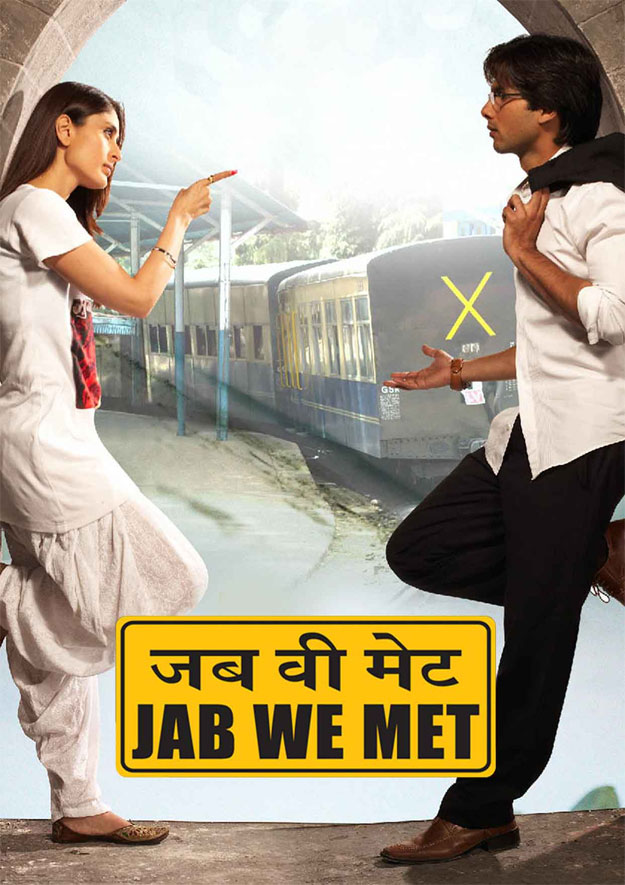 PHOTO: THE INDIAN EXPRESS
PHOTO: THE INDIAN EXPRESSLike the birds, these characters also crave freedom and – except for Geet of Jab We Met who is like a wild canary – often feel like caged birds. In fact Highway’s Veera uses the words ‘cage’ and ‘captivity’ to describe her life in the city. Apparently, these ‘birds’ are imprisoned in three ‘cages’.
The first invisible cage that Ali’s characters want to escape from is made up of the society’s norms, values, cultures, morality, laws. His ‘birds’ want to break all these ‘wire meshes’ of this cage and fly high in the free air towards lonely places, sanctuaries in exotic destinations and, yes, to the mountains.
Almost all his lead characters are rebels, but their rebellion is like ‘rebellion of birds’ for even when they engage in deviant behaviours – like watching porn in dirty cinemas, visiting striptease clubs or drinking ‘neat’ moonshine – they do it playfully to feel their freedom rather than due to any ‘sinful’ urge.
However, this desire to break rules is at times followed by the desire also to escape from the ‘second cage’ – the ‘cage’ of the protagonist's own 'image' or ‘personality’. This personality is a ‘mask’ imposed by society and the struggle for freedom from it results in the agony that hero of Tamasha has to go through before he finds his ‘real self’.
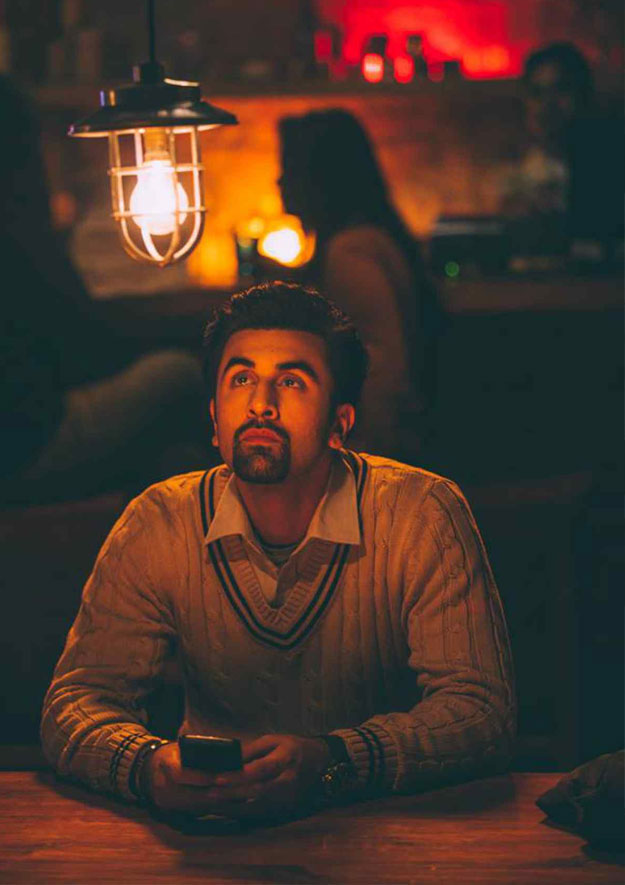 PHOTO: THE INDIAN EXPRESS
PHOTO: THE INDIAN EXPRESSBut in addition to being a symbol of freedom, ‘the bird’ also represents ‘the spirit'. This spirit is again a captive in the 'cage of body' – the third cage. According to Sufi doctrines, the spirit is part of the Ultimate Reality or the God and ‘flutters’ to 'reunite' with Him when it catches a glimpse of His Beauty.
This ‘fluttering’ starts the spiritual search of the Sufi and his journey to the God. But as the ‘human beauty’ is also a reflection of the Beauty of the Creator, the spirit often mistakes this 'reflection' for 'the Reality' and falls in love with it. Here is born the ‘earthly love’ that Ali's movies are about.
Imtiaz Ali’s characters have not yet started that their search for the God and still desire to meet their lovers ‘in the fields beyond good and evil’. However, there is a strong undercurrent of ‘spirituality’ in a number of his movies, particularly Rockstar and Highway. This element appears in the movies in shape of imagery of Mazars, and use of devotional poetry, songs with mystical illusions and qawwalis.
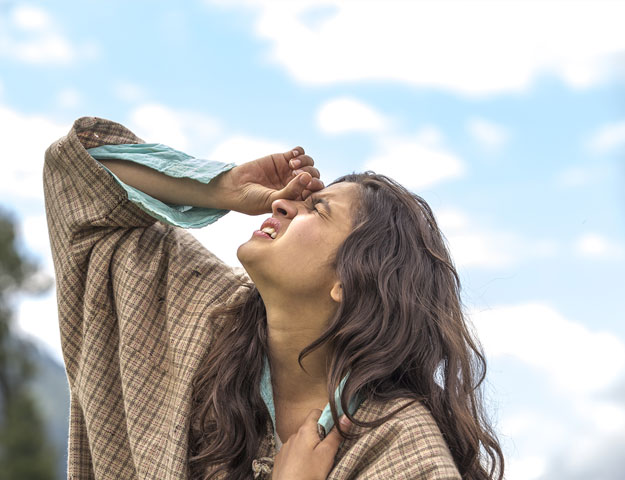 PHOTO: THE INDIAN EXPRESS
PHOTO: THE INDIAN EXPRESSBut what about 'the journey' and 'the home', the two other permanent elements of his films? As I said in the beginning, Imtiaz Ali's protagonists come to know themselves through a journey.
But like all travellers, they embark on the journey either to meet their lovers [Jab We Met, Rockstar]; to feel the pleasure that travelling offers by removing restrictions of the 'society' and 'Image' [Tamasha]; to search for 'someone' or 'something' [Jab Harry Met Sejal]; or to look for a new home after the previous one becomes uninhabitable [Highway].
Saleem Ahmed has said that ‘the serpent’ is the symbol of sex, instincts, earth and, by extension, land. But the ‘bird’, being the spirit, belongs to skies and high places. It is not connected to the land and so is destined to travel. And the ‘birds’ of Imtiaz Ali are no exception.
Have something to add to the story? Share it in the comments below.

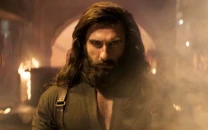

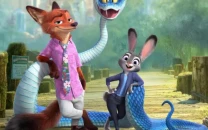


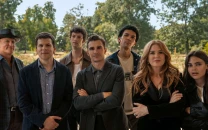












COMMENTS
Comments are moderated and generally will be posted if they are on-topic and not abusive.
For more information, please see our Comments FAQ